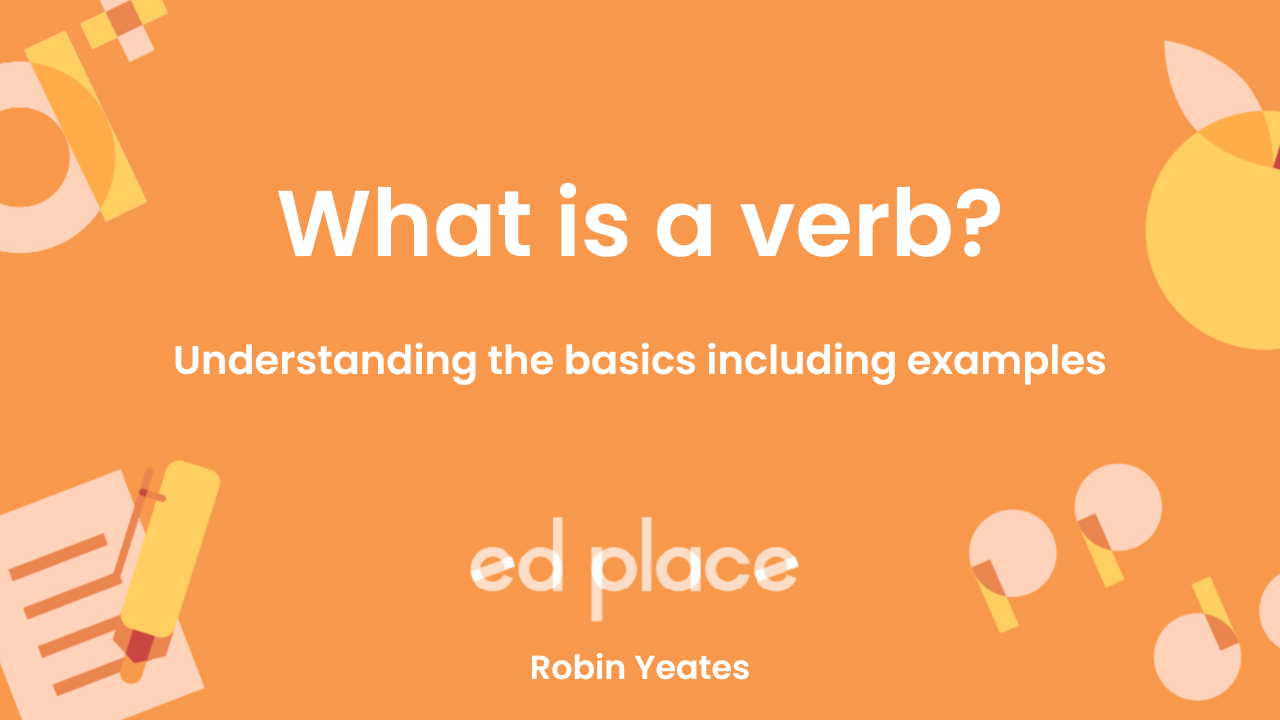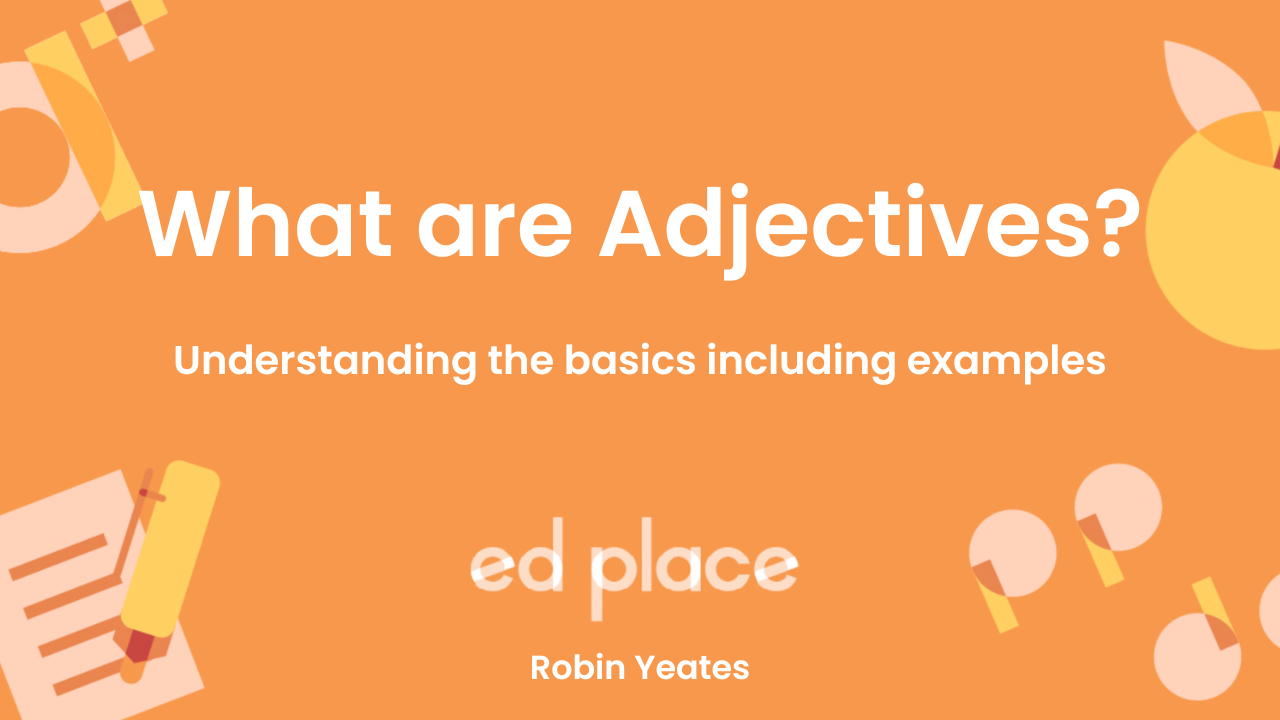Understanding verbs is about grasping the essence of action, existence, and connection in language. Let's dive into what makes a verb, well, a verb, and why they're so crucial in our daily communication.

Understanding verbs
Definition of a verb:
A verb is the part of speech that describes an action, occurrence, or state of being.
Whether it's running, thinking, or existing, verbs are one of the most important parts of a sentence. They're how we express what’s happening, what we're doing, or how we're feeling.
Types of verbs
There are several different types of verbs, each doing a slightly different job when used in a sentence:
- Main Verbs: These are the headliners, conveying the primary action or state. They can be further divided into action verbs, which show what the subject is doing (e.g. jump, think), and linking verbs, which connect the subject to additional information about it (e.g. am, seem).
- Auxiliary (Helping) Verbs: These verbs don't usually stand alone but work with the main verb to form different tenses or aspects (e.g. have, will, do). They help us understand when the action is happening and to what extent.
The functions of verbs
Action verbs
Imagine action verbs as the superheroes of the verb world. They're all about action and energy, showing what the subject of the sentence is actively doing. From "run" to "ponder," action verbs propel the subject into motion, creating dynamic and engaging sentences.
Example:
"The cat pounced on the toy."
pounced is the action verb, showing what the cat is doing.
"During the summer festival, the band energised the crowd with their dynamic performance."
energised is the action verb, illustrating the band's action.
Linking verbs
Linking verbs are the connectors. They don't show action but link the subject of a sentence to additional information, often relating to a state of being or condition. "Is," "appear," and "become" are classic examples, building bridges between subjects and their attributes or identities.
Example:
"The sky looks blue."
looks is the linking verb, connecting the subject (the sky) to additional information (blue).
"After the long journey, the hikers appeared exhausted but satisfied."
appeared is the linking verb, connecting the subject (the hikers) to their state of being (exhausted but satisfied).
Auxiliary (helping) verbs
Auxiliary verbs, or helping verbs, are the support system for main verbs, adjusting the mood, tense and voice. They work behind the scenes to clarify when actions happen and the nuances of their execution.
Example:
"She can swim very fast."
can is the auxiliary verb, helping to express the ability of the subject (she) to swim.
"They have been planning this trip for months, ensuring every detail was considered."
have been are the auxiliary verbs, helping to form the perfect continuous tense, indicating an ongoing action in the past.
In the early morning, the city streets are quiet, almost peaceful. A lone runner dashes through the mist, her breath is visible in the cold air. She has been training for months, pushing herself harder each day, determined to reach her goal. As the sun begins to rise, casting a golden light over the buildings, the runner feels a sense of accomplishment; she knows she's ready for the marathon.
Answer and Explanation:
are and is (twice) are linking verbs, connecting the subjects (city streets and runner) to a state of being (quiet and visible).
dashes, reach, begins, and feels are action verbs, showing the actions of the runner and the sun.
has been is an auxiliary (helping) verb, used with the main verb training to form the present perfect continuous tense, indicating an ongoing action that started in the past and continues to the present.
By understanding and mastering the different types and functions of verbs, we unlock the power to communicate more effectively and creatively.
Read on as we dive deeper into verb tenses, common mistakes, and fun ways to practice verb usage.
Common mistakes with verbs
Common mistakes with verbs include tense confusion, where the wrong tense is used for the context of the sentence, leading to unclear timing of events. Subject-verb agreement errors also occur when the verb does not grammatically match the subject in number.
Tips for avoiding these mistakes include double-checking that the verb matches the subject in number and ensuring the tense correctly reflects the timing of actions.
Practice makes perfect
Practicing verb usage is crucial for mastering the English language, and the best way to improve is by engaging with diverse exercises that challenge your understanding and application of different verb types. Whether you're sorting action verbs from linking verbs or pairing auxiliary verbs with their main actions, practice makes perfect.
We offer a wide array of online activities designed to make learning about verbs interactive and fun.
Dive into our resources below and explore exercises tailored to enhance your verb skills.
Year 1
Words Shorter: Using Apostrophes 2
Year 2
Identify Verbs With Similar Meanings
Change Irregular Verbs Into The Past Tense
Use Verbs: 'Am', 'Is' And 'Are'
Year 4
Form The Past Tense Of Irregular Verbs
Add Suffixes To Make Verbs From Nouns And Adjectives
Add Suffixes To Change Adjectives To Verbs
Identify Powerful Verbs In Sentences
Year 5
Revise Verb Endings: -S, -Ed And -Ing 1


.png)
.png)
.png)




